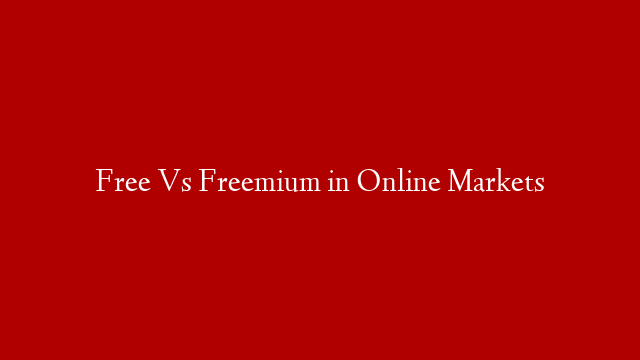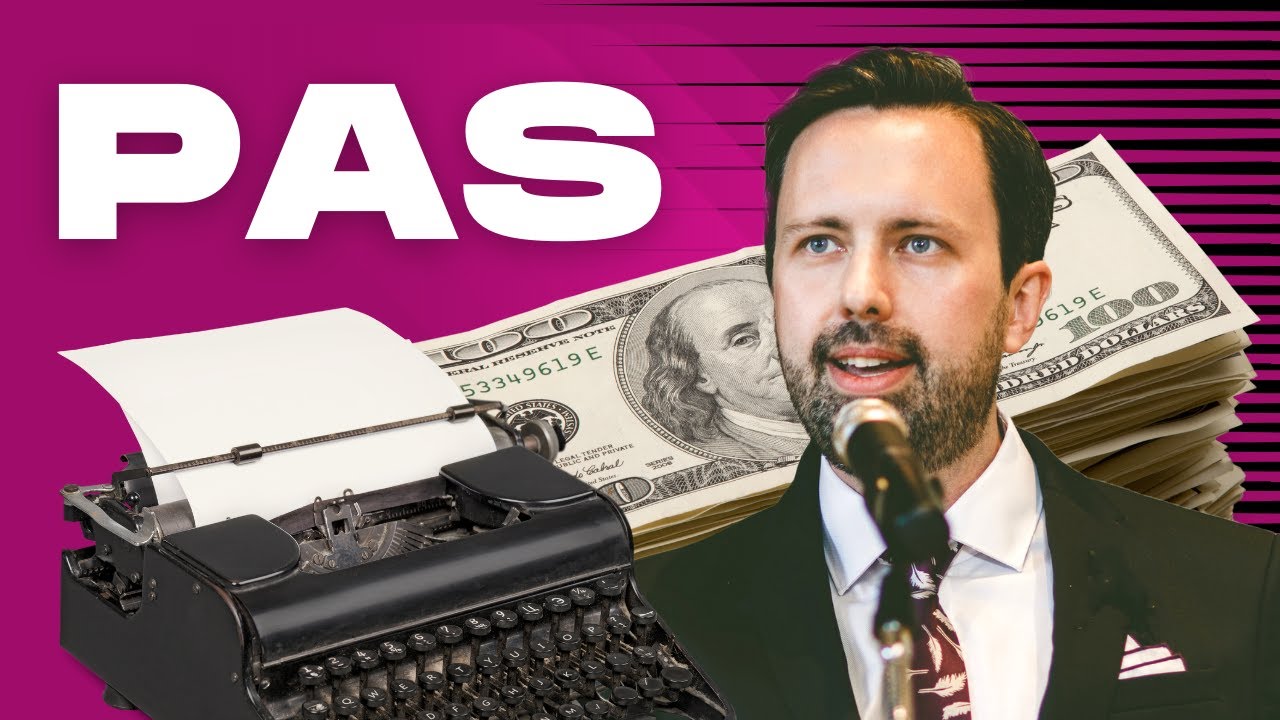I was talking to a colleague of mine who is an Amazon Vine reviewer — a select group of customers who are invited to post their opinions about new books and other items on Amazon’s Web site. They get free copies, and their reviews aren’t edited or modified in any fashion by the company after they are written. I was jealous, but started thinking more about the meaning of free.
Coincidentally, I have been reading (on my iKindle, of course) Chris Anderson’s latest book “Free, the future of a radical price.” The book is based on a Wired magazine article of the same subject (he runs the editorial for the magazine). He describes the various efforts of vendors to make money at giving away free stuff, by building a market or demonstrating value or building word of mouth. In the digital age, it is easy to have a place to download an app or read through a Web site and then offer paid upgrades for people who want more. Fred Wilson coined the term “freemium” to refer to this practice, and it is now so widespread that most online shoppers have come to expect that they can get something for nothing on just about every Web site that they land on these days. Or least a limited 30 day trial or download or subscription.
Indeed, in the new ventures that I have been mentoring I start almost immediately thinking about what they can give away for free. It is still the best way to start out in this chaotic eWorld. If you are starting a new business, you might want to take the time to at least skim Anderson’s book. You might also want to know about what the software services company Evernote does with their free trials.
According to the New York Times, Evernote converts less than one percent of the 4500 customers who sign up everyday to try their service into paying customers at $5 a month. But the more interesting number is that within a year of using the free service, the conversion rate jumps to four percent, because customers get more deeply involved and are willing to pay to enable more storage or more features. This brings the share of revenue per customer up from three cents to 35 cents. That is a powerful argument towards free. What is also interesting is that their variable costs have been plummeting, as you would expect: from 50 cents a month per active user when they began operations down to nine cents today.
This is very typical of an online business, and indeed another example is how Google continually adds storage to its Gmail service, or why Yahoo can offer unlimited email storage – because these costs are dropping fast.
Then I realized that I have been doing this exact same strategy for the last 15 or so years ever since I started this Web Informant mail newsletter/blog/social network thingie. Whatever it has become, I do spend a lot of time each week thinking about what I am going to write to you all, and then posting it in its various forms around the Internets. And I don’t ask you for money (well, I do ask for charitable contributions once a year, but that is another matter) and do it willingly and with the expectation that at some point in the future, you will “upgrade” to the paid Strom service of having me write something or speak somewhere or consult on something. Not all of you have hired me, of course, and some of you will never do so (don’t worry, I don’t take it personally). But enough of you do that this method has served me well in my business, bringing many loyal readers and clients over the years. The free Web Informants, and the various other cyber collections of stuff that I curate (there are tons of products on various lists here at http://strom.com/places) and hand-pick have built up a level of value, trust, and quality that I like to think you all appreciate. And that is the true value of free, to me.



